
A view of an offshore solar platform off Yantai, Shandong province, in November. (TANG KE/FOR CHINA DAILY)
Cutting costs
The most significant bottleneck for offshore photovoltaics at the moment is the considerable pressure to reduce costs and increase efficiencies, said Wu.
The release of JA Solar's offshore photovoltaic n-type modules is, however, expected to stimulate the technical advancement of offshore photovoltaic systems and enhance the investment returns of projects, she said.
In addition to JA Solar Technology, many photovoltaic companies have introduced relevant products or solutions for offshore photovoltaics over the past year, including Trina Solar and Longi Green Energy Technology.
The Institutes of Science and Development, which is part of the Chinese Academy of Sciences, believes that while offshore solar power is still in the initial stages with limited installed capacity and much higher construction cost compared with that of ground-based centralized photovoltaics, grid parity is anticipated by the end of the 14th Five-Year Plan (2021-25) period due to technological advances.
Grid parity means equal or lower cost of generating electricity from renewable sources than that from conventional grid sources such as coal.
Stock brokerage Everbright Securities said significant power consumption and limited land resources in China's coastal regions have constrained new energy development, making offshore solar a rising star.
Against the backdrop of China's ambitious plan to peak carbon dioxide emissions before 2030 and achieve carbon neutrality before 2060, various coastal provinces in the country are progressively focusing on the development of the offshore photovoltaic industry, according to a research report by Everbright Securities.
Boasting abundant marine resources for the development of offshore solar energy, a synergy between offshore solar and offshore wind power can also effectively optimize investment costs, including those associated with sea cables and substation facilities, it said.
Offshore wind and solar can also complement offshore resources. After all, photovoltaics thrive on only a small amount of sunlight — wherever there is sunshine, it can generate electricity, said the agency.
Figures released by BloombergNEF reveal that Shandong plans 12 GW of alternating current capacity of offshore solar power by 2025, while other coastal regions, including Jiangsu, Zhejiang and Fujian provinces, and Tianjin, have also started to release relevant policies and conducted some preliminary studies.
These areas already import significant electricity from the western regions of China, and it is difficult to build new transmission lines due to rising costs and land availability. The provincial governments expect local generation to support future power demand growth, said the think tank.
BloombergNEF believes offshore floating photovoltaic stations will have the potential to become the mainstream form of offshore solar development in the future.
While one of the key factors for the wider application of offshore floating photovoltaic stations is the investment return, Zhang from JA Solar said there is still room for improvement in return on investment as the costs of relevant materials and installations decrease.
The offshore solar market is expected to go through intense competition among top-tier enterprises in the near future, as offshore photovoltaics projects pose higher requirements on cells, modules, materials and technology, Zhang said.
As the first company in the industry to release products specifically designed for floating solar projects, JA Solar is committed to continuing to explore offshore solar development to further diversify its renewable energy portfolio, he added.








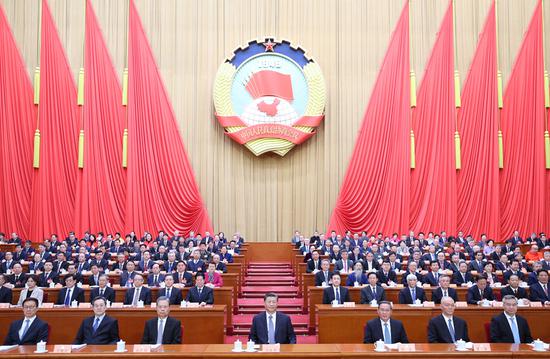








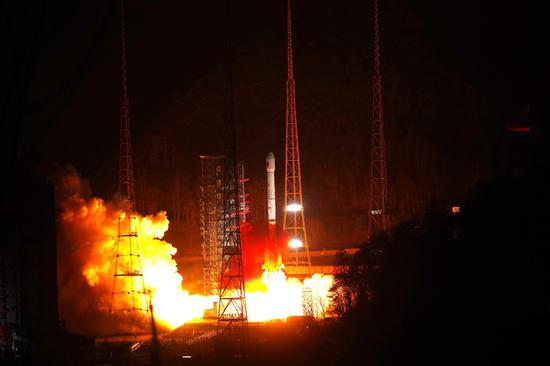
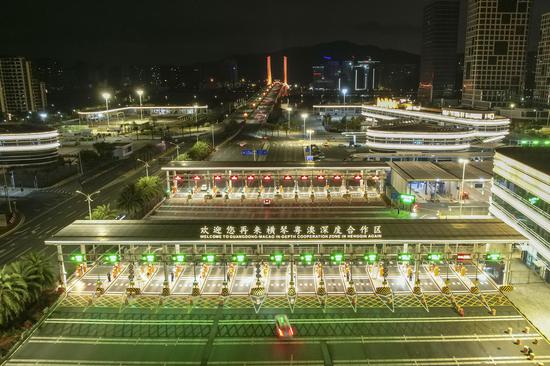








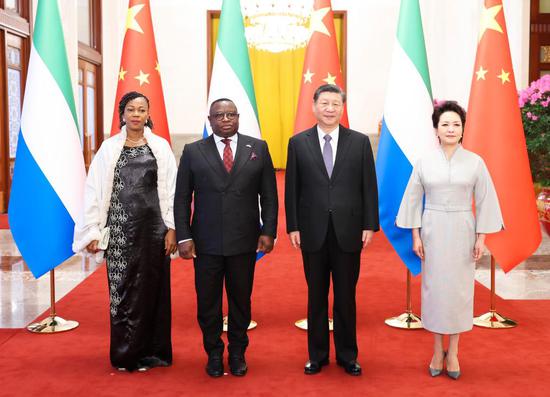

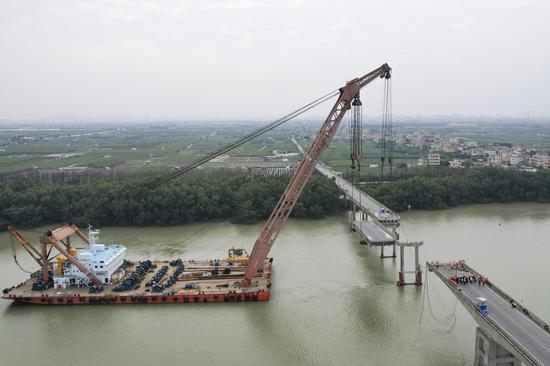




















 京公网安备 11010202009201号
京公网安备 11010202009201号